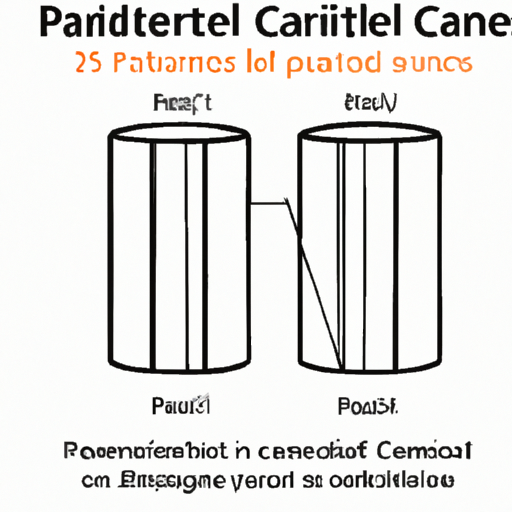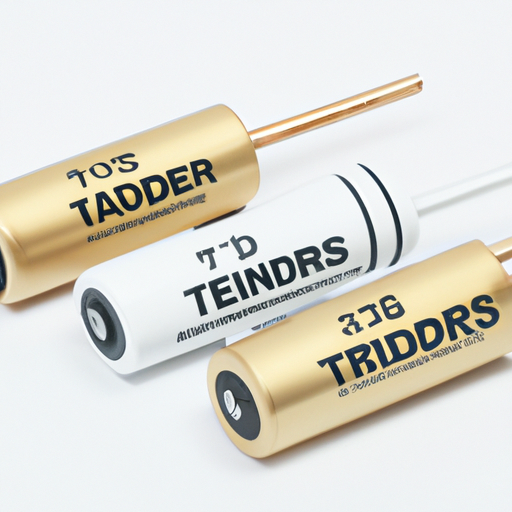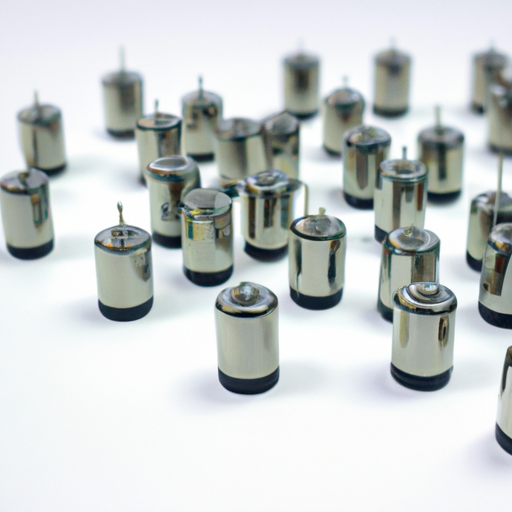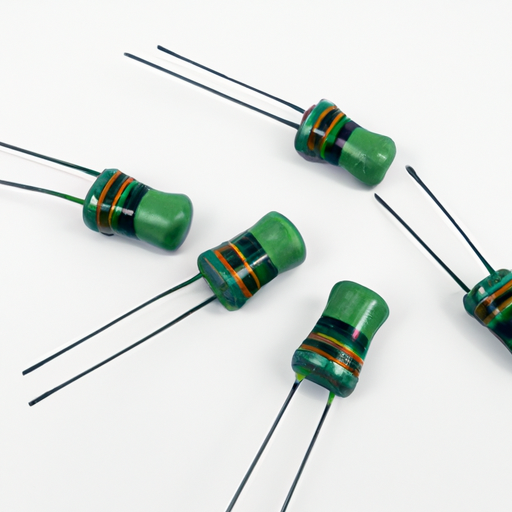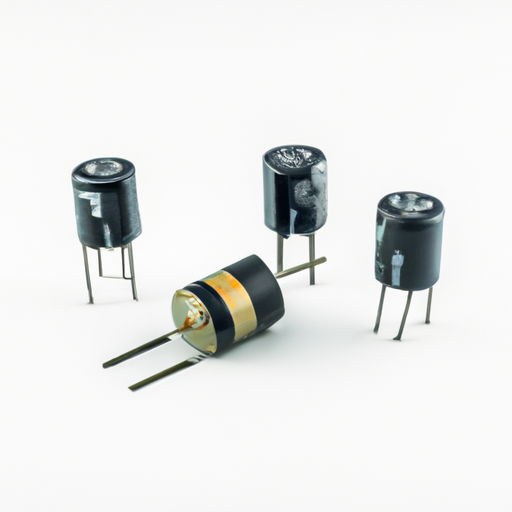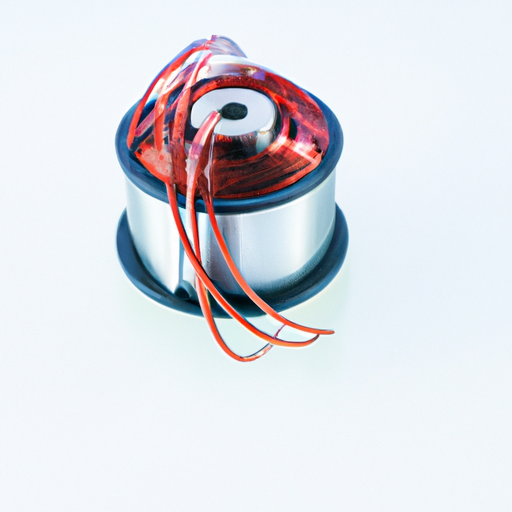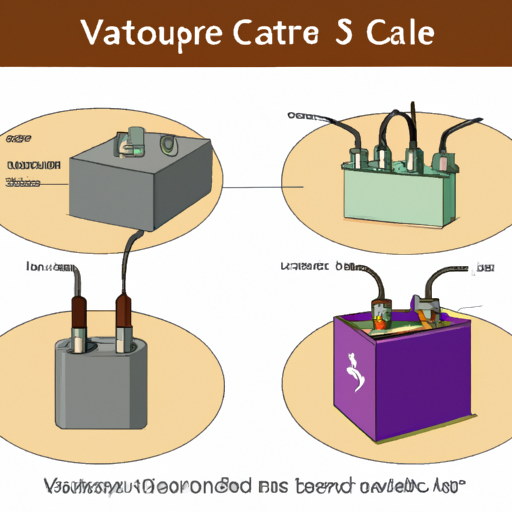What are the Product Characteristics of Parallel Capacitors?
I. Introduction
Capacitors are essential components in electrical circuits, playing a crucial role in energy storage, filtering, and timing applications. They are passive electronic devices that store electrical energy in an electric field, allowing them to release that energy when needed. Among the various configurations of capacitors, parallel capacitors are particularly significant due to their unique characteristics and advantages. This blog post will explore the product characteristics of parallel capacitors, delving into their basic principles, advantages, applications, and considerations for use.
II. Basic Principles of Capacitors
A. Structure and Function of Capacitors
Capacitors consist of two conductive plates separated by an insulating material known as a dielectric. When a voltage is applied across the plates, an electric field is created, allowing the capacitor to store energy. The amount of energy stored is proportional to the voltage applied and the capacitance of the capacitor.
B. Capacitance: The Measure of a Capacitor's Ability
Capacitance is the measure of a capacitor's ability to store charge, defined as the ratio of the electric charge on one plate to the voltage across the plates. The formula for capacitance (C) is given by:
\[ C = \frac{Q}{V} \]
where \( Q \) is the charge in coulombs and \( V \) is the voltage in volts. Capacitance is measured in farads (F), with common subunits including microfarads (µF) and picofarads (pF).
III. Characteristics of Parallel Capacitors
A. Capacitance in Parallel Configuration
When capacitors are connected in parallel, the total capacitance increases. This is because the effective plate area is enlarged, allowing more charge to be stored. The total capacitance (C_total) in a parallel configuration is calculated using the formula:
\[ C_{total} = C_1 + C_2 + C_3 + ... \]
This additive property makes parallel capacitors an excellent choice for applications requiring higher capacitance values.
B. Voltage Rating
The voltage rating of a capacitor indicates the maximum voltage that can be applied without risking breakdown or failure. In a parallel configuration, all capacitors share the same voltage across their terminals. Therefore, it is crucial to ensure that each capacitor's voltage rating meets or exceeds the circuit's operating voltage. Exceeding the voltage rating can lead to catastrophic failure, including short circuits and explosions.
C. Equivalent Series Resistance (ESR)
Equivalent Series Resistance (ESR) is a critical parameter that affects the performance of capacitors, particularly in high-frequency applications. ESR represents the internal resistance of the capacitor, which can lead to power loss and heat generation. In parallel configurations, the total ESR decreases, improving the overall efficiency of the circuit. Low ESR is particularly important in power supply applications, where high ripple currents are present.
D. Leakage Current
Leakage current refers to the small amount of current that flows through the dielectric material of a capacitor, even when it is not connected to a circuit. This phenomenon can be caused by imperfections in the dielectric or environmental factors such as temperature and humidity. In parallel capacitors, the total leakage current is the sum of the leakage currents of each capacitor. High leakage current can adversely affect circuit performance, leading to reduced efficiency and increased power consumption.
E. Temperature Coefficient
The temperature coefficient of a capacitor indicates how its capacitance value changes with temperature. Different dielectric materials have varying temperature coefficients, which can impact the performance of parallel capacitors in temperature-sensitive applications. Understanding the temperature coefficient is essential for ensuring that capacitors operate within their specified range, particularly in environments with fluctuating temperatures.
IV. Advantages of Using Parallel Capacitors
A. Increased Capacitance
One of the primary advantages of using parallel capacitors is the ability to achieve higher capacitance values. This is particularly beneficial in applications where large amounts of energy storage are required, such as in power supply circuits and energy storage systems.
B. Improved Ripple Current Handling
Parallel capacitors can handle higher ripple currents more effectively than single capacitors. This is crucial in power supply applications, where voltage fluctuations can occur due to varying load conditions. By distributing the ripple current across multiple capacitors, the overall reliability and performance of the circuit are enhanced.
C. Enhanced Reliability and Redundancy
Using multiple capacitors in parallel provides redundancy, which can improve the overall reliability of the circuit. If one capacitor fails, the remaining capacitors can continue to function, reducing the risk of total circuit failure. This is particularly important in critical applications where reliability is paramount.
V. Applications of Parallel Capacitors
A. Power Supply Filtering
Parallel capacitors are commonly used in power supply circuits to filter out voltage fluctuations and smooth the output voltage. By connecting multiple capacitors in parallel, engineers can achieve the desired capacitance value to effectively reduce ripple and noise, ensuring stable power delivery to sensitive components.
B. Timing Circuits
In timing circuits, parallel capacitors are used in conjunction with resistors to create oscillators and timers. The increased capacitance allows for more precise timing intervals, making them suitable for applications such as clock generation and pulse width modulation.
C. Signal Coupling and Decoupling
Parallel capacitors play a vital role in communication systems by coupling and decoupling signals. They can block DC components while allowing AC signals to pass, ensuring that only the desired frequency components are transmitted or received.
D. Energy Storage Systems
In renewable energy systems, such as solar and wind power, parallel capacitors are used for energy storage. They can store excess energy generated during peak production times and release it when needed, helping to stabilize the energy supply.
VI. Considerations When Using Parallel Capacitors
A. Selection Criteria
When selecting parallel capacitors, engineers must consider several factors, including capacitance value, voltage rating, and ESR. Choosing the right combination of capacitors is essential for achieving optimal performance in the intended application.
B. Layout and Design Considerations
Proper layout and design are critical when implementing parallel capacitors in a circuit. Engineers must consider the physical placement of capacitors on the PCB to minimize inductance and resistance, ensuring efficient operation.
C. Testing and Quality Assurance
Testing capacitors in parallel configurations is essential to ensure their reliability and performance. Quality assurance measures should be in place to verify that capacitors meet their specified ratings and performance criteria.
VII. Conclusion
In summary, parallel capacitors offer a range of product characteristics that make them invaluable in modern electronics. Their ability to increase capacitance, improve ripple current handling, and enhance reliability makes them a preferred choice in various applications. As technology continues to evolve, advancements in capacitor technology will likely lead to even more efficient and reliable solutions for electrical circuits. Understanding the characteristics and considerations of parallel capacitors is essential for engineers and designers looking to optimize their electronic systems.
VIII. References
- Academic Journals on Capacitor Technology
- Industry Standards and Guidelines for Capacitor Use
- Textbooks on Electronics and Circuit Design
By understanding the product characteristics of parallel capacitors, engineers can make informed decisions that enhance the performance and reliability of their electronic designs.

